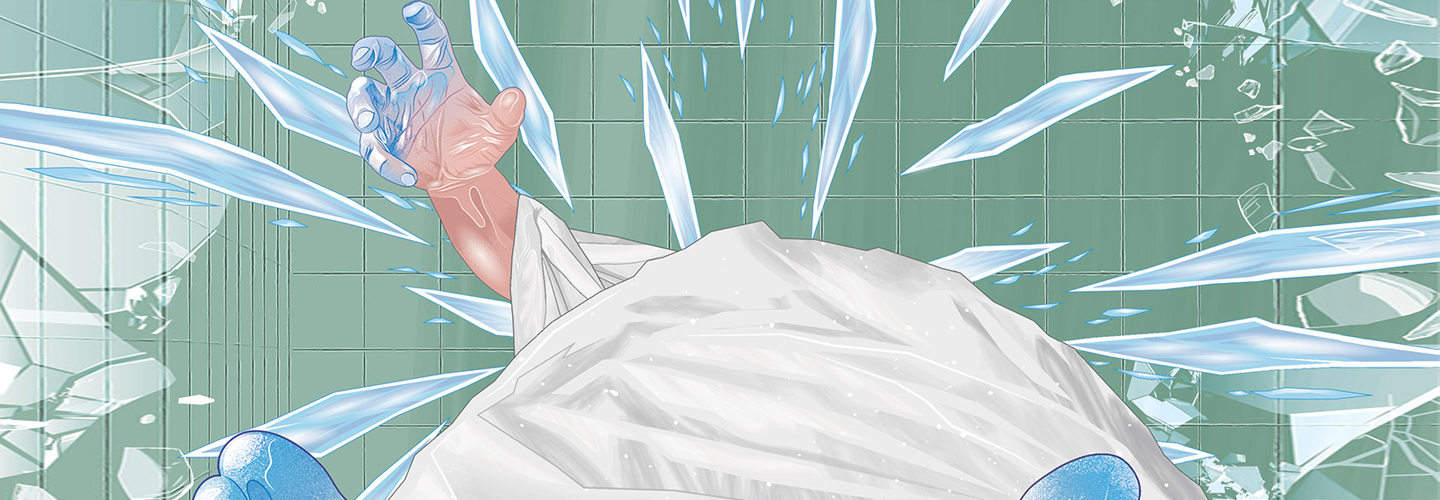On February 21, 2015, Justin Smith died and came back to life. The night before, he had stumbled into a snowbank near his home in McAdoo, Pennsylvania, and lost consciousness. Early the next morning, his dad, Don Smith, found him frozen with his eyes wide open. The 25-year-old college student, who had been outside in subzero temperatures for nearly 10 hours, wasn’t breathing and didn’t have a pulse. Don called 911 and watched in horror as first responders covered his son with a white sheet.
On February 21, 2015, Justin Smith died and came back to life. The night before, he had stumbled into a snowbank near his home in McAdoo, Pennsylvania, and lost consciousness. Early the next morning, his dad, Don Smith, found him frozen with his eyes wide open. The 25-year-old college student had been outside in subzero temperatures for nearly 10 hours. He wasn’t breathing, and he didn’t have a pulse. Don called 911. He watched in horror as first responders covered his son with a white sheet.

